April 14, 2023
World Heritage: 11 natural sites of Russia included in the UNESCO list
On April 18, we celebrate the International Day of Monuments and Historical Sites. But monuments can be not only objects of cultural heritage, but also natural objects and even entire territories.
Another name for this holiday is World Heritage Day. It has been celebrated since 1982 on the initiative of the International Council for the Protection of Monuments and Places of Interest (ICOMOS), part of UNESCO.
The main document regulating the protection of historical and natural attractions is the Convention on the Protection of the World Cultural and Natural Heritage. It was adopted in 1972 at the 17th general session of UNESCO. The World Heritage includes outstanding cultural and natural values that make up the heritage of mankind.
The Convention defines which objects can be attributed to the World Heritage. So, a natural object must meet the following criteria:
- Possess exceptional natural beauty and aesthetic value.
- To represent a sample of the main stages of the Earth's development, for example, to be a symbol of the ongoing geological processes in the development of the relief or a symbol of the geomorphic features of the terrain.
- To be an outstanding example of ecological or biological processes occurring in the evolution and development of ecosystems, plant and animal communities.
- To serve as an extremely important natural habitat for the preservation of the biological diversity of the planet, including endangered species.
A natural object does not necessarily have to meet all the criteria, one is enough.
Now the list includes 1,154 objects located on the territory of 167 states. Of these, 218 are classified as natural and 39 are mixed, the rest are cultural. There are 29 facilities in our country. Among them are 11 natural and 1 mixed. This:
Virgin forests of Komi (year of inclusion in the List 1995)
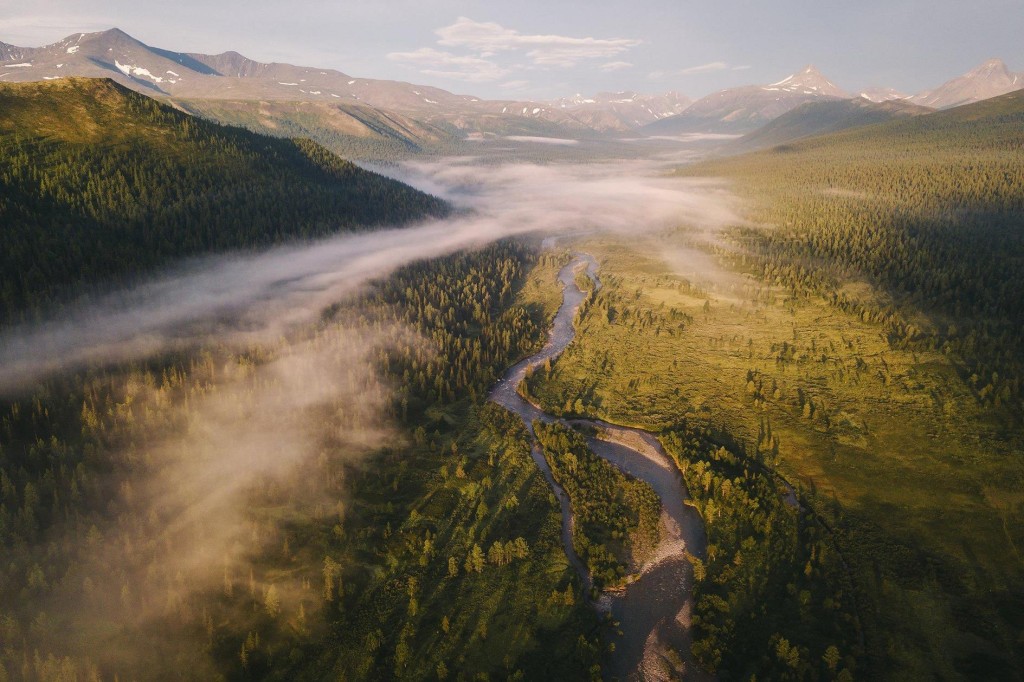
Volcanoes of Kamchatka (1996, 2001)
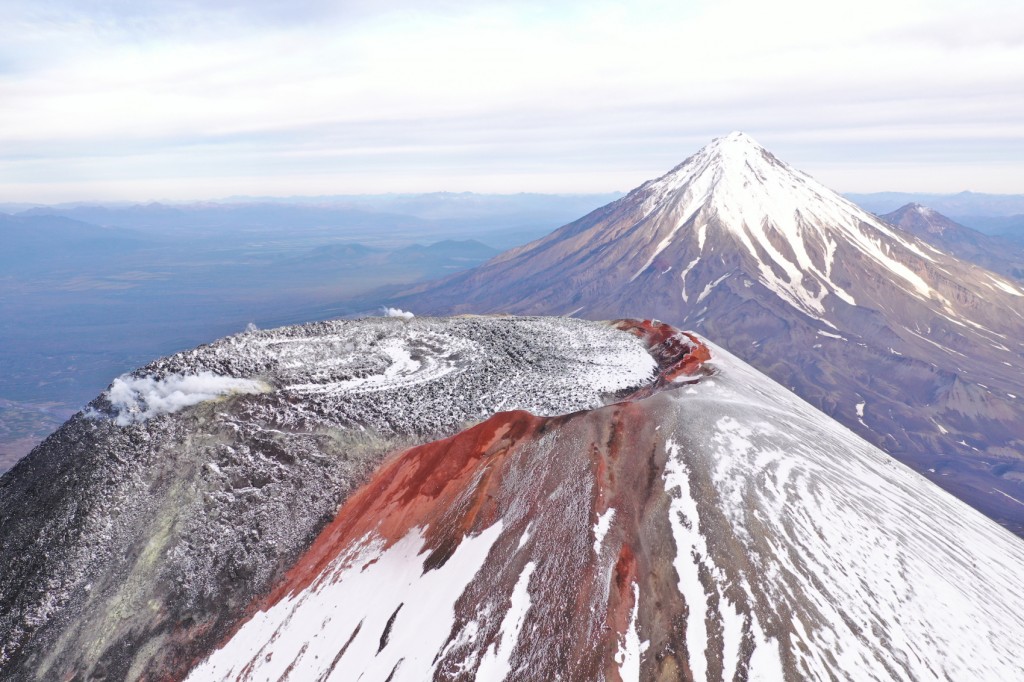
Lake Baikal (1996)
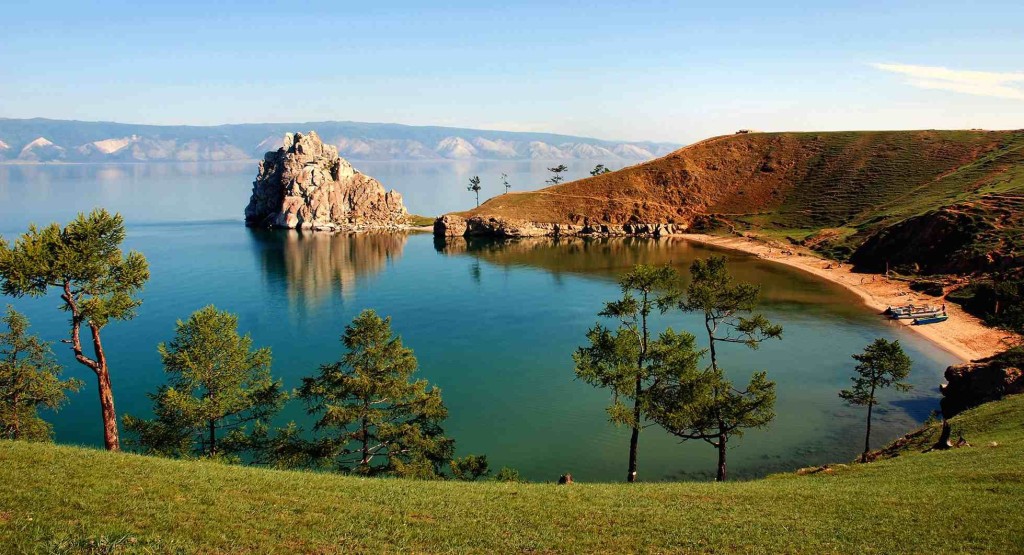
"Golden Mountains of Altai" (1998)
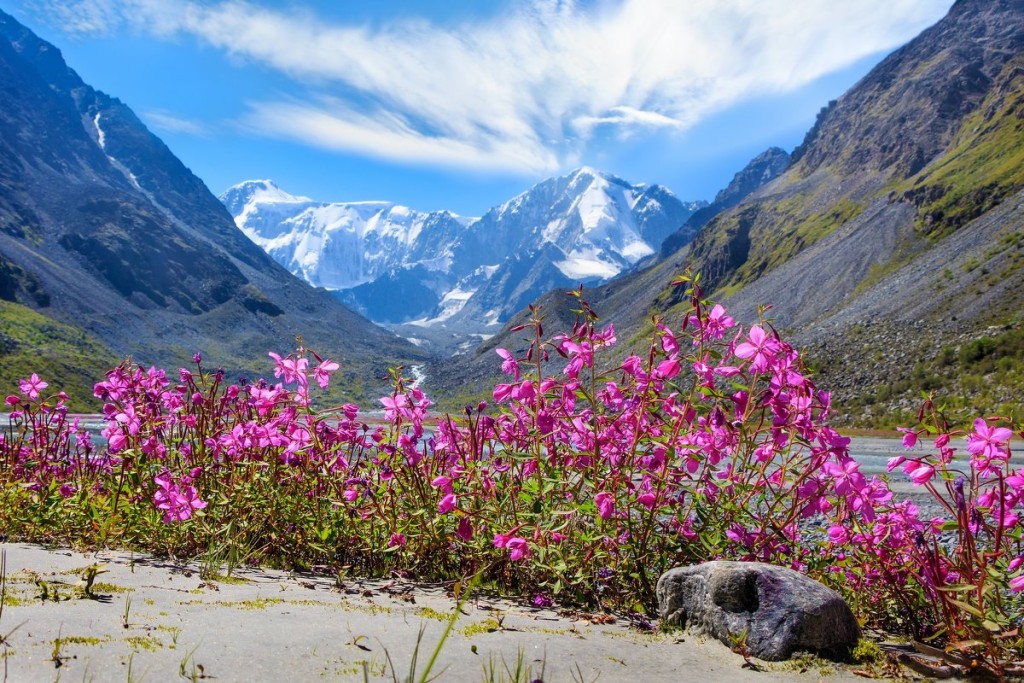
Western Caucasus (1999)
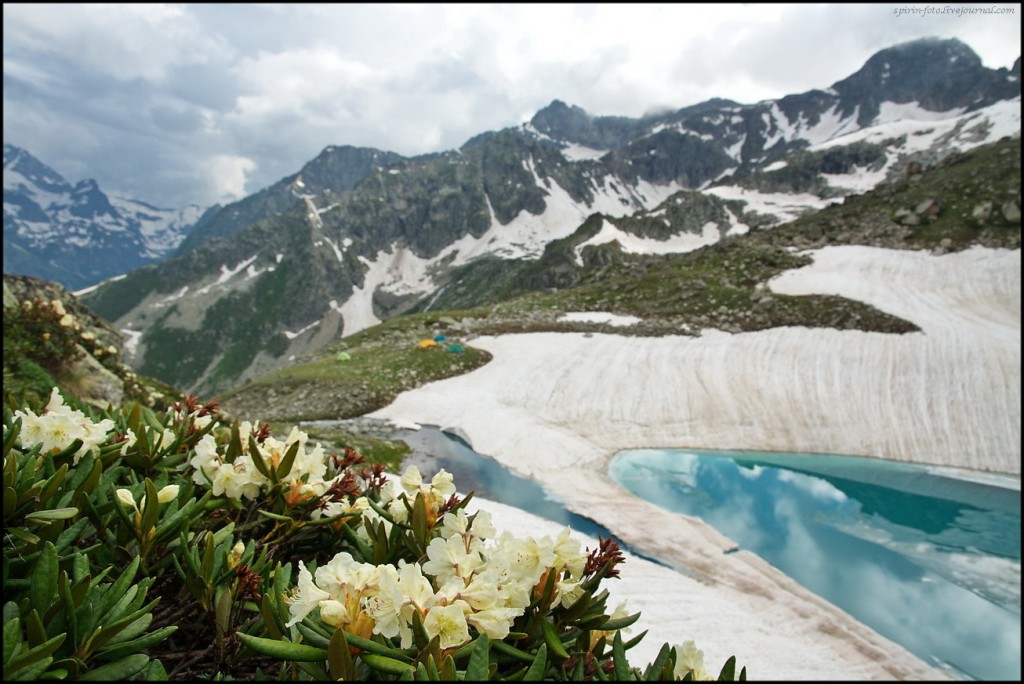
Central Sikhote-Alin (2001)
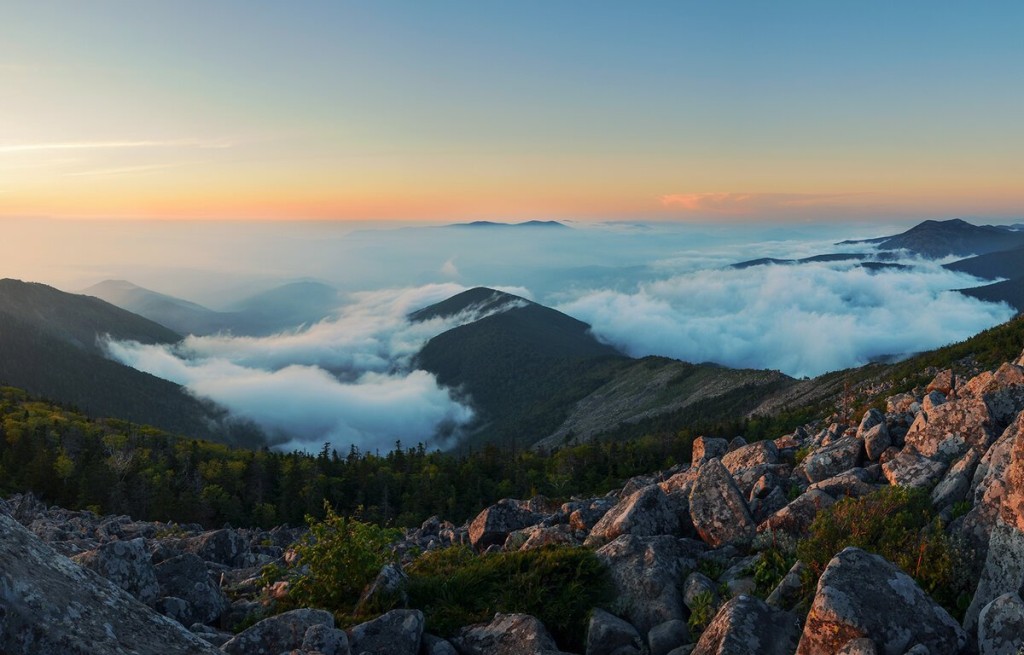
Ubsunur Basin (2003)
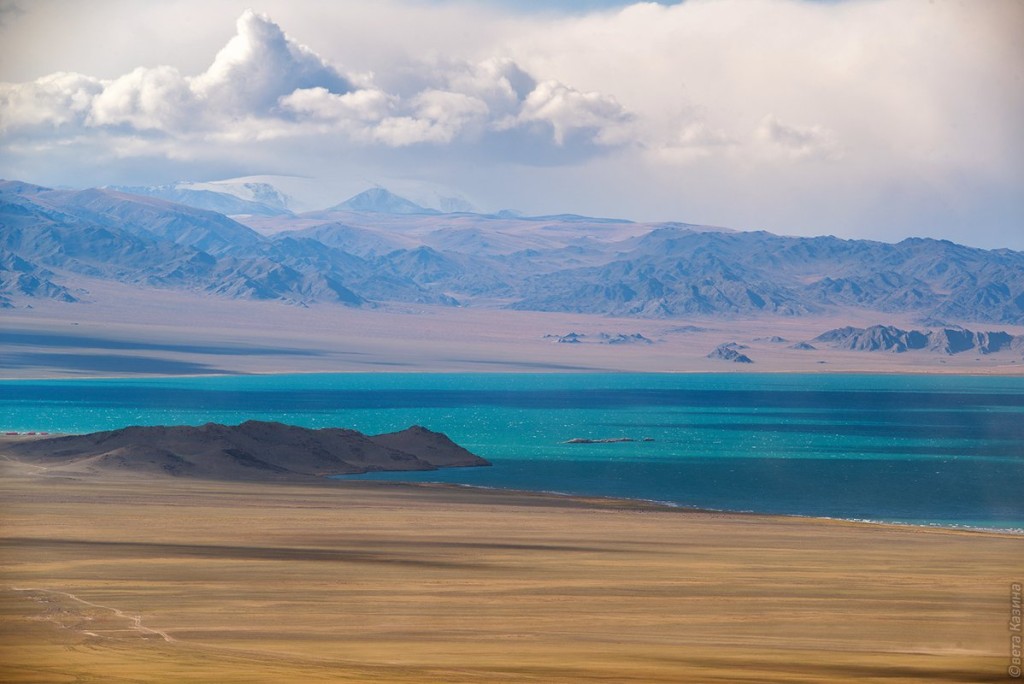
Wrangel Island Nature Reserve Complex (2004)
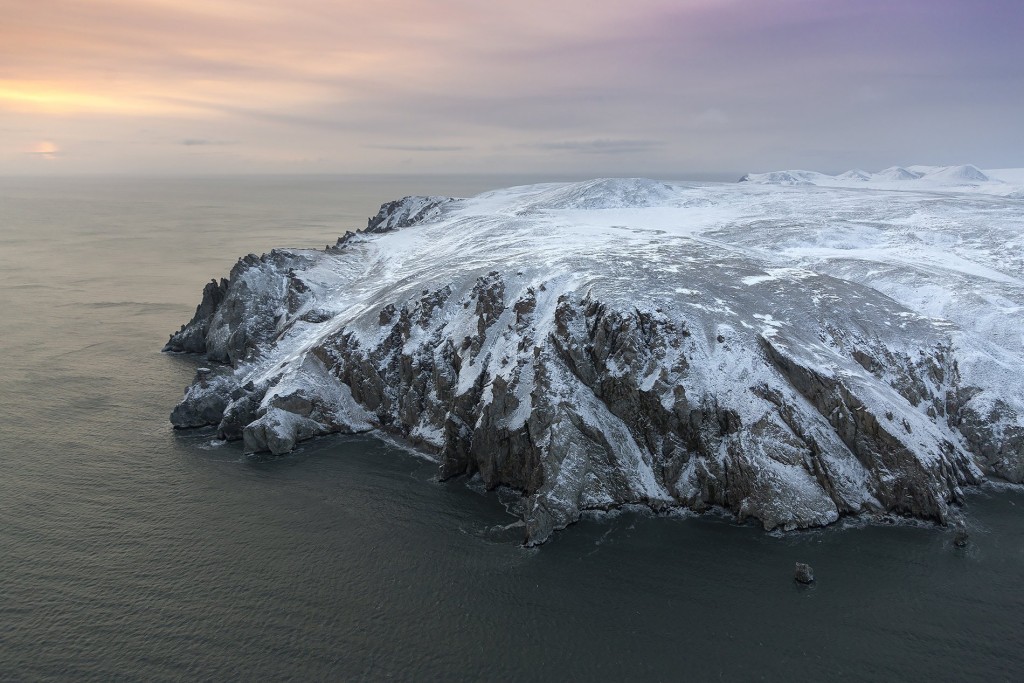
Putorana Plateau (2010)
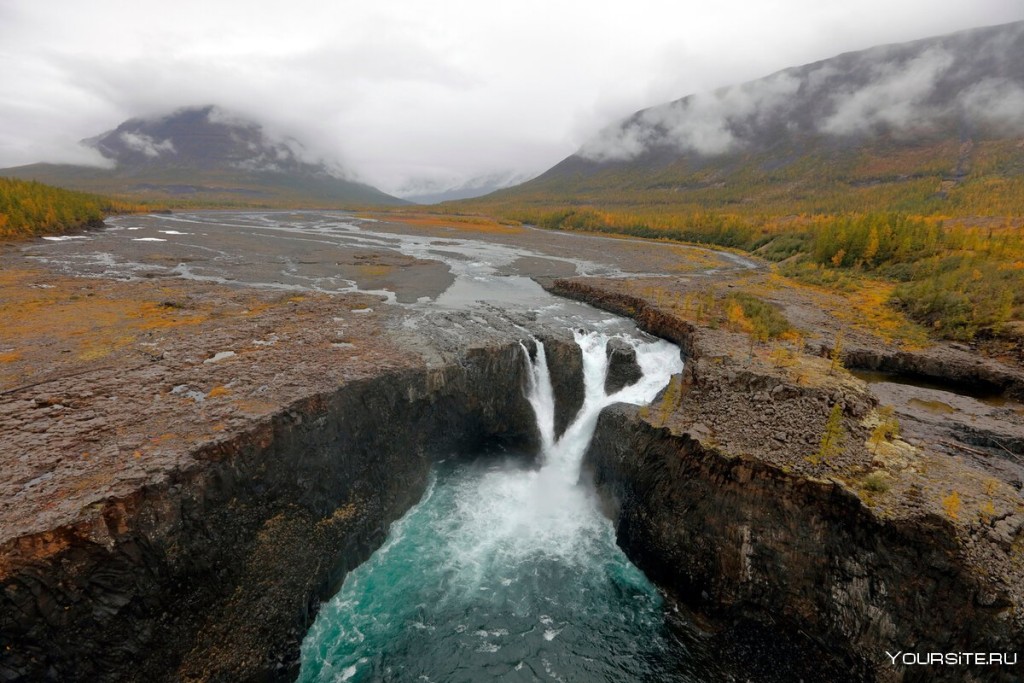
Lena Pillars (2012)
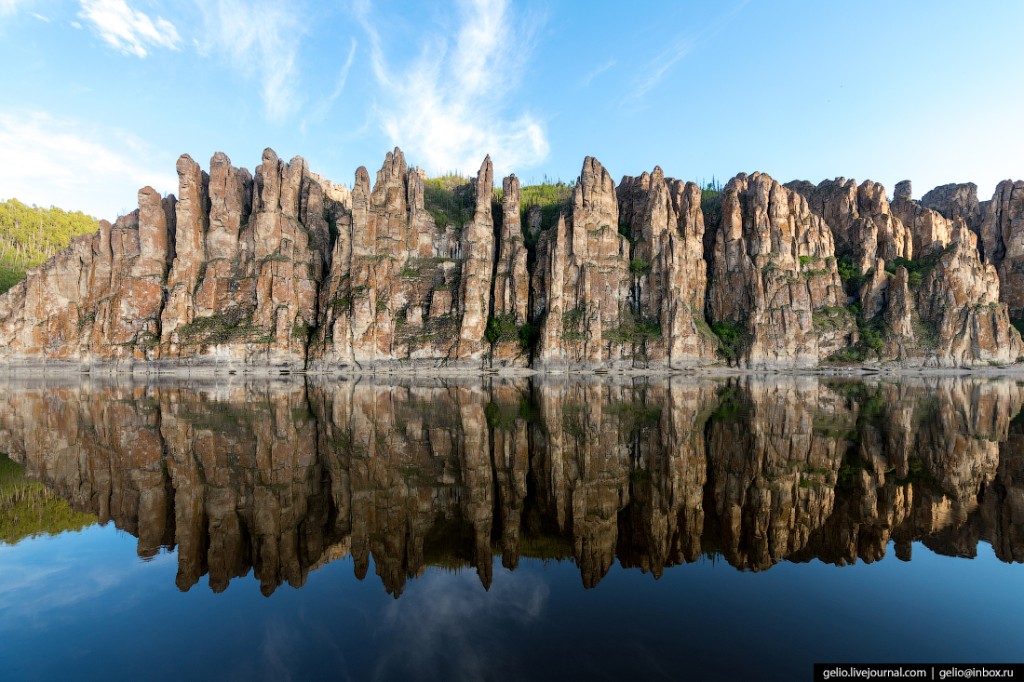
Landscapes of Dauria (2017)
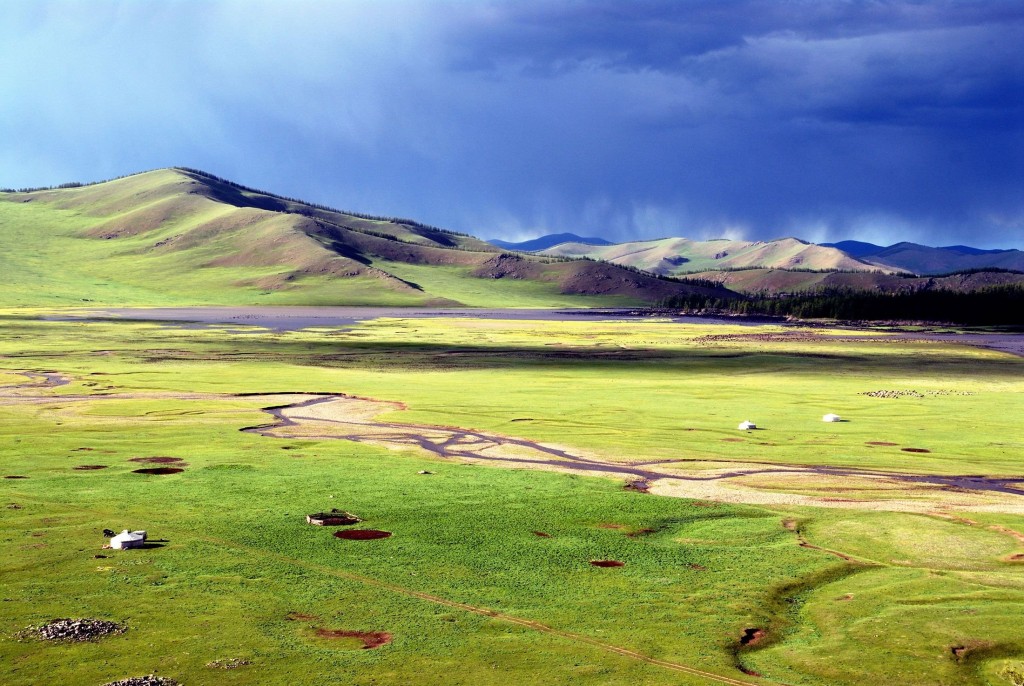
The Curonian Spit was also included in this list in 2000 as a unique cultural landschaft.
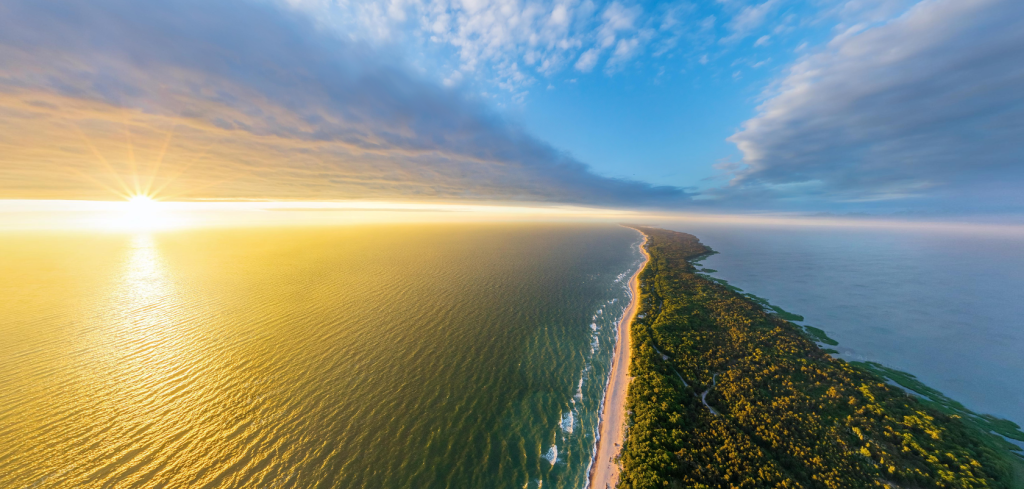
These objects include 40 specially protected natural territories. We have already told about some of them, for example, Lena Pillars, Lake Baikal, the Putorana plateau, the Barguzin Nature Reserve and the Valley of Geysers in Kamchatka, in our materials.
According to the number of natural sites included in the UNESCO List, Russia is in fourth place after China, the USA and Australia.
The inclusion of the object in the List gives it additional guarantees of safety and priority financing of measures for its preservation, and also attracts the attention of tourists.
On the International Day of Monuments and Historical Sites, events are held around the world that attract people's attention to the protection of cultural and historical sites: conferences, speeches by scientists and famous people, photo exhibitions, etc.
Since 2003, before getting on the UNESCO List, an object must be included in the Tentative List from its country. Now each state independently decides which places or historical monuments are worthy of a special protected status. Such a list exists in our country. What do you think natural objects should be included in it?
Another name for this holiday is World Heritage Day. It has been celebrated since 1982 on the initiative of the International Council for the Protection of Monuments and Places of Interest (ICOMOS), part of UNESCO.
The main document regulating the protection of historical and natural attractions is the Convention on the Protection of the World Cultural and Natural Heritage. It was adopted in 1972 at the 17th general session of UNESCO. The World Heritage includes outstanding cultural and natural values that make up the heritage of mankind.
The Convention defines which objects can be attributed to the World Heritage. So, a natural object must meet the following criteria:
- Possess exceptional natural beauty and aesthetic value.
- To represent a sample of the main stages of the Earth's development, for example, to be a symbol of the ongoing geological processes in the development of the relief or a symbol of the geomorphic features of the terrain.
- To be an outstanding example of ecological or biological processes occurring in the evolution and development of ecosystems, plant and animal communities.
- To serve as an extremely important natural habitat for the preservation of the biological diversity of the planet, including endangered species.
A natural object does not necessarily have to meet all the criteria, one is enough.
Now the list includes 1,154 objects located on the territory of 167 states. Of these, 218 are classified as natural and 39 are mixed, the rest are cultural. There are 29 facilities in our country. Among them are 11 natural and 1 mixed. This:
Virgin forests of Komi (year of inclusion in the List 1995)

Volcanoes of Kamchatka (1996, 2001)

Lake Baikal (1996)

"Golden Mountains of Altai" (1998)

Western Caucasus (1999)

Central Sikhote-Alin (2001)

Ubsunur Basin (2003)

Wrangel Island Nature Reserve Complex (2004)

Putorana Plateau (2010)

Lena Pillars (2012)

Landscapes of Dauria (2017)

The Curonian Spit was also included in this list in 2000 as a unique cultural landschaft.

These objects include 40 specially protected natural territories. We have already told about some of them, for example, Lena Pillars, Lake Baikal, the Putorana plateau, the Barguzin Nature Reserve and the Valley of Geysers in Kamchatka, in our materials.
According to the number of natural sites included in the UNESCO List, Russia is in fourth place after China, the USA and Australia.
The inclusion of the object in the List gives it additional guarantees of safety and priority financing of measures for its preservation, and also attracts the attention of tourists.
On the International Day of Monuments and Historical Sites, events are held around the world that attract people's attention to the protection of cultural and historical sites: conferences, speeches by scientists and famous people, photo exhibitions, etc.
Since 2003, before getting on the UNESCO List, an object must be included in the Tentative List from its country. Now each state independently decides which places or historical monuments are worthy of a special protected status. Such a list exists in our country. What do you think natural objects should be included in it?
Read more
July 31, 2024
April 12, 2024
April 5, 2024